Schrodinger’s semester: let’s clear the uncertainty for fall 2020
We must plan for online delivery throughout the upcoming academic year. Any other announcement is just wishful thinking.
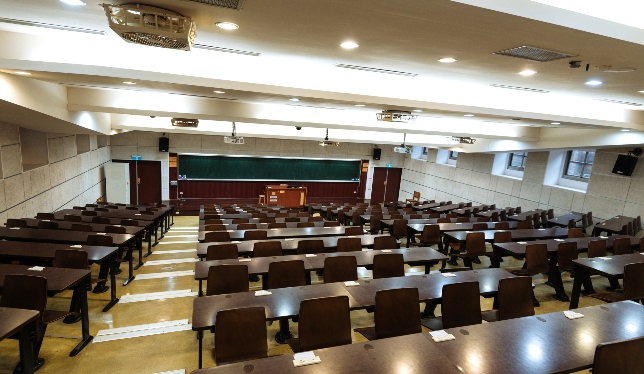
In the wake of the COVID-19 pandemic – its massive economic and public health impacts, geopolitical tensions and border closures, and an abrupt exodus from campus to remote work and study – Canadian university leaders have been reciting similar messages in unison: these are unprecedented times; we face immense challenges and uncertainty; the progress of the virus is impossible to predict; we must all be patient; this will be a marathon, not a sprint.
These appeals to reason and the scientific method find natural resonance in academic minds, from the biology lab to the philosopher’s study, but do little to dispel the growing anxieties of stakeholders who crave certainty about the fall semester. We want to know if Schrodinger’s cat is alive or dead, if the campus will be open or not.
Protracted ambiguity is excruciating for university employees worried about their mortgages, researchers whose labs are shuttered, faculty members designing fall courses, administrators determining timetables, and students making major life decisions. In the midst of a severe recession, students and their families are coping with the loss of familiar workplaces and traditional rites of passage, while being asked to make major financial commitments to a complete unknown this September. Contingency planning “for a variety of scenarios” and ambiguous announcements about “hybrid delivery” are the current reality on most campuses, but everyone is waiting with bated breath for clear direction about the 2020-21 academic year.
At this point, there are some things we can know with considerable certainty:
Pandemic waves will likely persist through 2021. Asymptomatic carriers of COVID-19 can present a serious risk of death or disability to staff, faculty and students of all ages. In the best-case scenario, infections will slow seasonally in summer, and a vaccine will be developed and deployed with unprecedented speed within 24 months. Until then, public health authorities will periodically raise and lower restrictions through three or four alert levels, in real-time response to infection rates, on a provincial or perhaps regional basis. Canada’s universities may experience quite different timing, frequency and intensity of these waves.
Social distancing will be a given for years. Until spring 2022, when the most optimistic projections say we might have a COVID-19 vaccine deployed at scale, large gatherings such as convocations, orientation, concerts, conferences, football games or even lecture classes will likely be completely prohibited. Provincial reopening plans will allow for groups of 30 or so when restrictions are light, so long as they maintain a distance of two meters from each other. Seminars, labs and small classes may be permitted on campus from time to time, but at other times, even groups of five or more will be out of the question. Campus dorms will need to operate at a fraction of their capacity.
Campuses will need extreme precautions. Campuses may be allowed to reopen periodically to select researchers, staff, and even students, but guidelines from the ACHA and B.C. government suggest what will be in store when campuses reopen, and for the next 12 to 18 months: restricted entrances, daily thermal screening, plentiful PPE, Plexiglas shields at counters, ubiquitous cell phone tracking and contact tracing apps. (University of California San Diego plans to test up to 65,000 staff and students for COVID-19 every month using self-administered nasal swabs and smartphone apps.) Break rooms, contact sports and even waiting rooms will be shut down. Remote work, staggered shifts and virtual meetings will be mandated whenever possible.
Many students cannot oscillate between campus and home. Commuter students can manage an ambiguous year of stints on-campus and online, but undergraduate students planning to move away from home, to live in campus housing or off-campus, will either defer enrolment or opt for a local institution. Recent surveys of 54,000 college and university applicants suggest that, if online were the only option, 20-40 percent might consider a gap year, and international enrolments will drop 30 percent or more.
There is only one choice a university can make. Not merely in the sense that it is the only moral decision, but because any other choice is beyond the power of university presidents, senates or boards. No public health authority can determine conditions six months ahead of time, particularly when a pandemic ebb in summer could merely be seasonal. No institution can afford the financial, mental health and reputational costs of more forced evacuations of campus next year. Presidents can only declare the cat dead: we must plan for online delivery throughout the upcoming academic year. Any other announcement is just wishful thinking and semantics: an on-campus year (with contingency planning for online if required); a year delivered “at least in part” online; large classes online and small ones on-campus (if possible), committing to blended or hyflex delivery (subject to public health orders); multi-access delivery (as possible); or an online year (looking forward to a return to campus just as soon as possible). When conditions permit, there will be a natural temptation to offer in-person enhancements like small labs, tutorials or seminars, but these cannot be guaranteed at all.
Equity and inclusion will be major challenges. Tentatively offering the prospect of on-campus experiences might appeal to local commuter students but would narrow the appeal of online offerings to local students only. International students from many countries will be unable to enter Canada, likely for the entire academic year. Blended delivery will tax instructors and academic support staff but will also create a two-tier student experience. Even synchronous video offerings risk aggravating the “digital divide”: 14 percent of Canadians, 59 percent of rural Canadians and 72 percent on First Nations reserves do not have reliable broadband access. As the University of Waterloo has urged, multimodal or online courses need to be designed first and foremost for asynchronous students.
Pedagogical innovation will accelerate. To ensure programs can be delivered regardless of the public health conditions outside university campuses, lecture capture will become ubiquitous, LMS course shells will be better utilized, and curriculum designers will be busier than ever. The campus exodus will be a boon not only to open educational resources, but also to virtual reality lab simulations, online work experiences, medical simulations and virtual field schools.
University finances will be in crisis. The Canadian economy is predicted to drop by half this quarter, and to take until early 2022 to recover. Rising unemployment will inevitably drive some mature learners back to school, although it is just as likely to be part-time courses from community college as graduate degrees from university. Formerly energy-rich provinces will be slashing public sector budgets. Poor employment outcomes amidst a recession may wreak havoc with performance-based funding models. Absent massive fiscal life support from government, many universities will be struggling with a decline in FTE enrolments, unprofitable residence and ancillary operations, a steep decline in international students, an uphill fundraising environment, and anemic endowment returns – while also coping with increased costs for campus security and disinfection, employee sick leave, emergency student bursaries, and online delivery tools and platforms. The next few years will be perilous for some institutions.
But the university will endure. Pandemics have disrupted higher education in centuries past, driving scholars from campus and depressing enrolments, but the academy ultimately survived, and emerged transformed by the experience. Academic communities remain essential to our society and economy, advancing knowledge through the interplay of intellect and ideas. This crisis may have stripped away many rituals and traditional trappings of campus life, but it has also cleared our calendars and our minds, reinvigorated our pedagogy and relaxed unnecessary policies, giving us an unprecedented opportunity to rethink our work and reinvent our institutions.
“What’s true of all the evils in the world is true of plague as well.
It helps men to rise above themselves.” – Albert Camus, The Plague
Ken Steele is a higher education strategist who has been meticulously tracking the COVID19 crisis on Canadian campuses.
Featured Jobs
- Economics - Associate/Full Professor of TeachingThe University of British Columbia
- Vice-President Research & Scientific EngagementMS Canada
- Public Policy - JW McConnell Visiting ScholarMcGill University
- Fashion - Instructional Assistant/Associate Professor (Creative & Cultural Industries)Chapman University - Wilkinson College of Arts, Humanities, and Social Sciences
- Politics and Public Administration - Assistant Professor (Public Policy)Toronto Metropolitan University
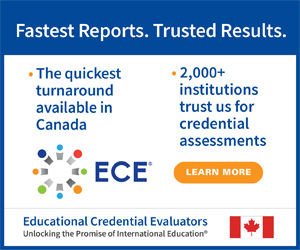








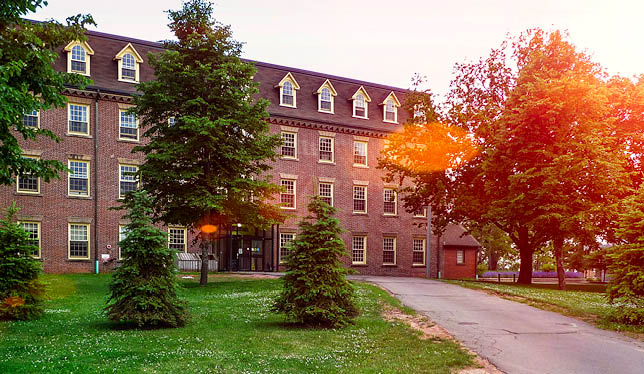



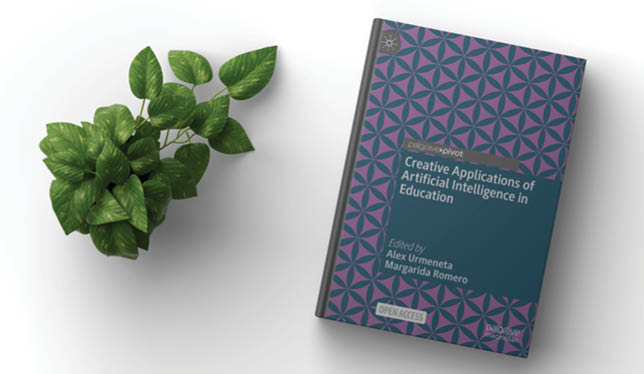
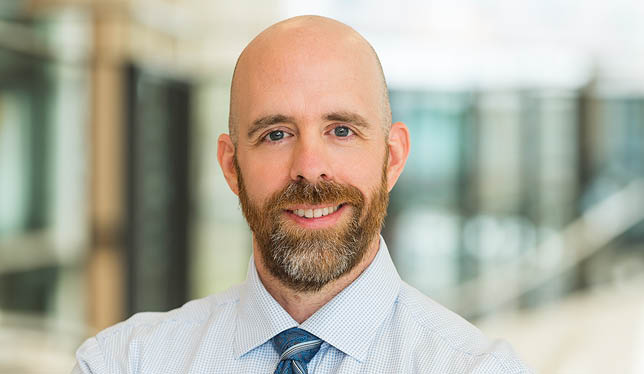
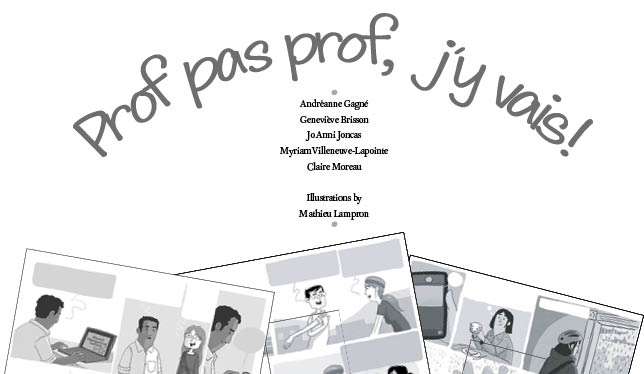

Post a comment
University Affairs moderates all comments according to the following guidelines. If approved, comments generally appear within one business day. We may republish particularly insightful remarks in our print edition or elsewhere.